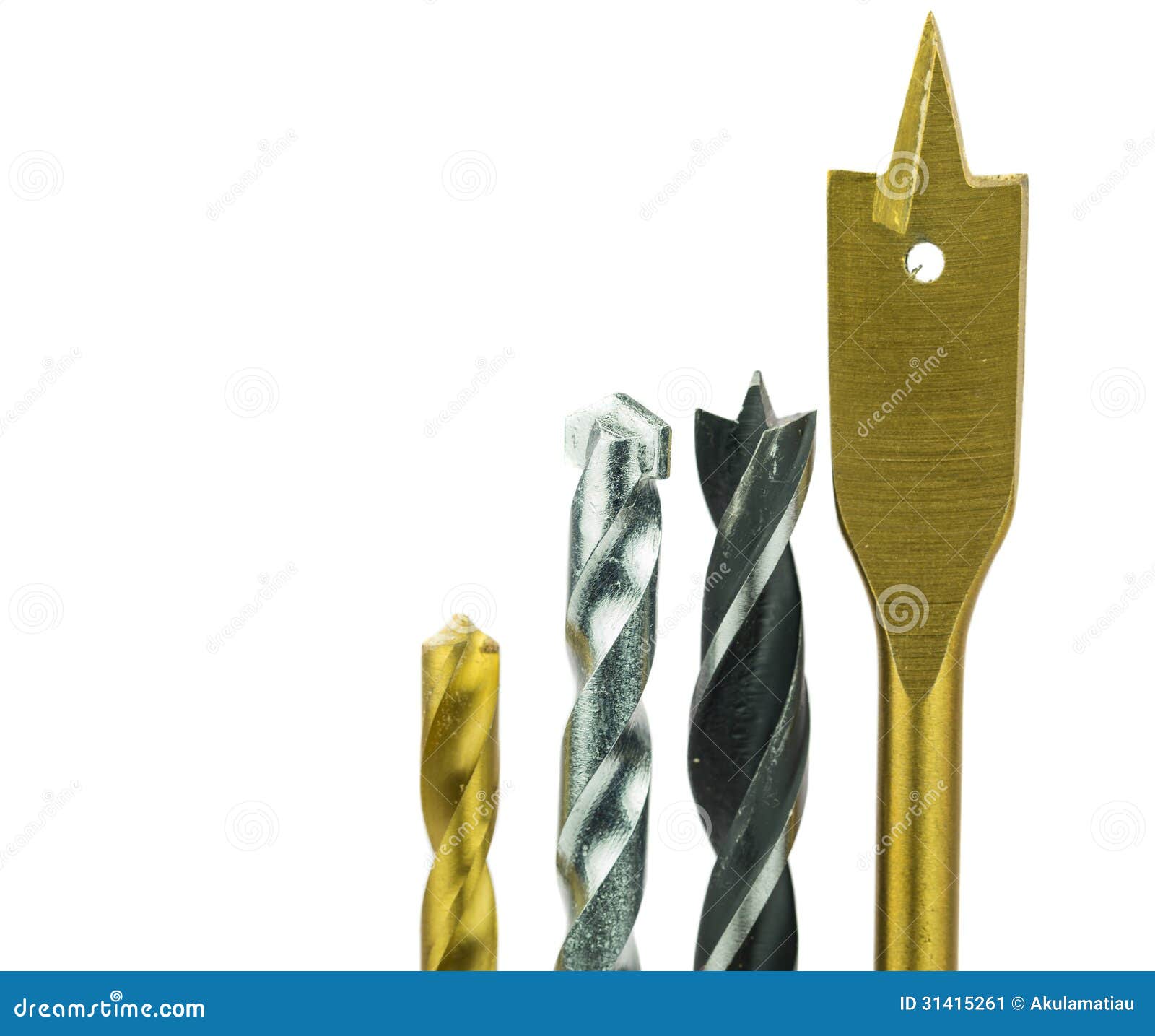
Nowadays, with the improvement that have been made in fixed cutter bit technology, the PDC bits can drill almost any kind of formations from soft to hard formation. The cutters in the bits that are available on the market are Polycrystalline Diamond Cutters (PDC) and natural or synthetic diamond cutters. The components of bits are composed of bit bodies fabricated from steel or tungsten carbide matrix and fixed blades integrated with abrasion-resistant cutters. These bits do not have moving parts such as cones or bearings.

The fixed cutter bits are designed to excavate holes by shearing formations rather than chippingor gouging formations, like rolling cutter bits. Hard formation: Short-extension, rounded inserts Fixed Cutter Bitsįixed cutter bits consist of bit bodies and cutting elements integrated with the bit bodies. Soft formation: Long-extension, chisel shape inserts Teeth of the bits are different depending on the formation as follows: The inserts have several shapes such as long-extension shapes, round shaped inserts, etc. Tungsten Carbide Insert (TCI) or Insert bits generally have tungsten carbide inserts (teeth) that are pressed into the bit cones. Tungsten Carbide Insert (TCI) or Insert bits These teeth will produce smaller, more rounded, crushed, and ground cuttings from hard formations.Ģ. Hard formation: The teeth should be short and closely spaced. These teeth will produce freshly broken cuttings from soft formations. Soft formation: The teeth should be long, slender and widely spaced. Teeth of the bits are different depending on formations as follows: The teeth vary in size and shape, depending on the formation. The bits cut or gouge formations out when they are being rotated. Milled-tooth bits have steel tooth cutters, which are fabricated as parts of the bit cone. These bits are classified by how the teeth are manufactured:


There are two types of rolling cutter bits which are milled-tooth bits and tungsten carbide inserts (insert bits). The rolling cutting bits can be used to drill any formations if the proper cutter, bearing, and nozzle are selected. The cones have roller bearings fitted at the time of assembly. Each cone can be rotated individually when the drill string rotates the body of the bit. Rolling cutter bits, which some may also call roller cone bits or tri-cone bits, have three cones. Plus, bit sizes vary from 3-7/8 inch to 36 inches. Currently in the drilling industry, there are two main categories of drilling bits: rolling cutter bits and fixed cutter bits.


 0 kommentar(er)
0 kommentar(er)
